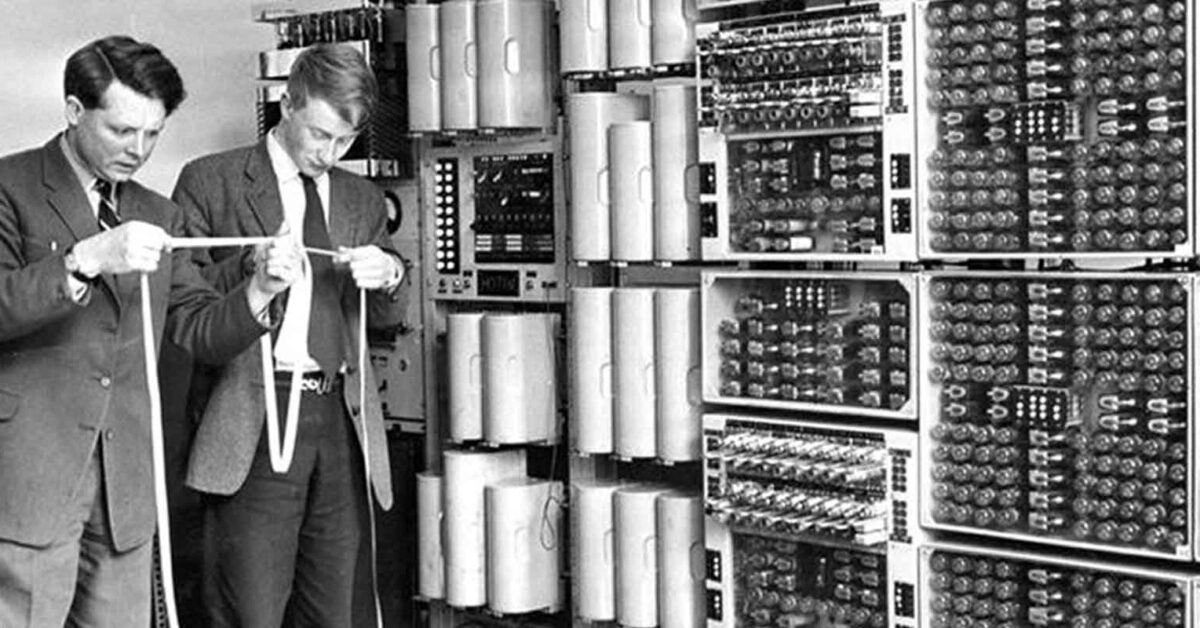
It’s been a lasting trend for the past few years that inventory balance and service availability are top priorities among after-sales service professionals. So why is it that so many after-sales organizations are resisting investing in inventory management solutions?
Without a modern inventory management program in place, manufacturers and after-sales organizations alike are racking up hidden costs from capital, service, time and resources by simply relying on their ERP systems. And what they don’t see is that these costs are adding up to more than what they’d be investing in an inventory management solution.
If that simple equation isn’t enough to prove the profit lever behind inventory management, here are five more reasons why your ERP system is costing organizations money every day they go without inventory management:
1. It’s all manual. Relying on ERP for inventory management still requires manual processes (not to mention multiple reviewers) to achieve acceptable inventory performance. This means time and funding are being spent managing the ERP system rather than on worthwhile cost saving projects like IT initiatives or a more optimal inventory management solution.
2. It’s not predictive. ERP systems lack the necessary analytical tools to predict the impact of changing service level, stock level and invested capital targets. Balancing service level against inventory level can pose a big risk, with significant cost implications. Inventory analysis and simulation, provided by a modern inventory management solution, can help improve decision-making and produce “what-if” scenarios before implementing policy changes.
3. It’s not global. ERP systems are simply not designed for global multi-location service part distribution networks. Modern inventory management solutions are designed specifically for multi-level inventory management, producing an accurate forecast at all points in the supply chain and planning across the entire supply chain to optimize and right size inventory. Not to mention, inventory management solutions that can provide users with full network inventory levels from a single screen equip companies with the best possible information for decision making.
4. It’s disconnected. Many companies have locations that operate through independent ERP systems, and these disconnected systems add levels and levels of inefficiency throughout a global supply chain. A single service parts inventory management solution, however, lays the foundation for a coordinated global supply chain across multiple systems. It’s hard to argue with the immediate benefits of a coordinated system, like improved excess material utilization and better global inventory positioning.
5. It’s antiquated. Most ERP systems lack advanced functionality, which is required for modern service parts planning. One such example is planning for rotable parts, which is different than planning for consumable parts. Automated service part inventory management systems provide advanced optimization for rotable items and dynamic inventory policies. Inventory management systems manage scenarios that take into account the repair lead time vs. supplier lead time, along with the effect of scrapping.
Companies today face higher customer expectations regarding availability of parts. So, to maintain customer loyalty and elevate the overall integrity of the brand, parts must be delivered immediately and at a low cost to the after-sales service organization.
So, while ERP systems can leave companies in the dark about the relationship between inventory policy and customer service, inventory management solutions can help companies increase margins along with service.
It’s plain to see that deploying a modern inventory management solution not only reduces hidden costs behind antiquated ERP systems, but they improve efficiency on all fronts of the after-sales process. So, what are you waiting for?